Everything You Need to Know About Release Managers
Rebel’s Guide to PM
DECEMBER 21, 2022
They work with development teams to track progress and identify potential risks, as well as liaise with other departments such as QA, ops teams, service management, and support. The release manager at my last job worked closely with the development team to review what code changes would be coming.








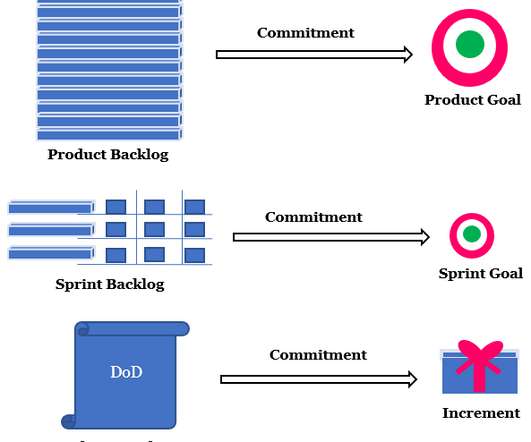
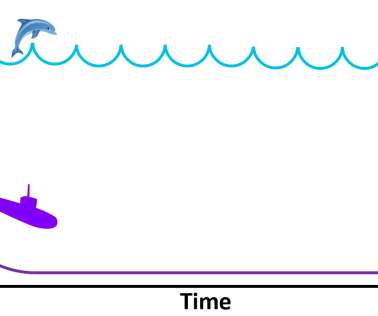
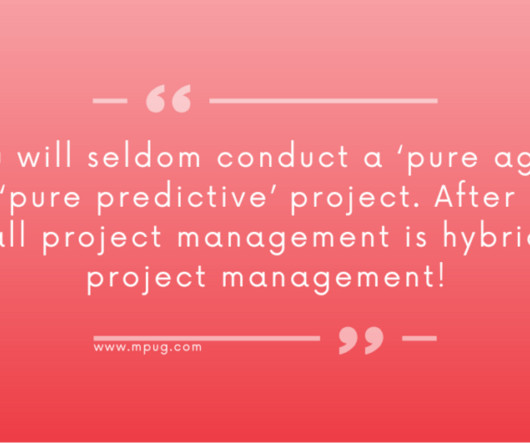

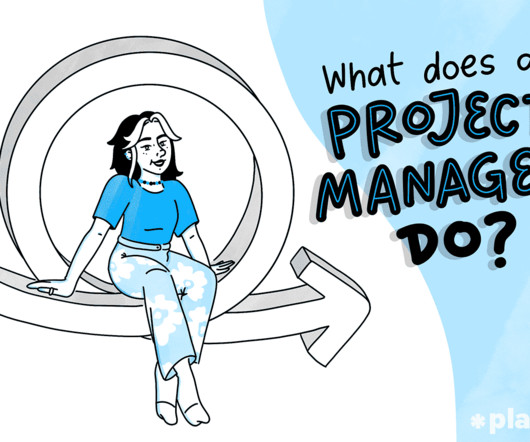

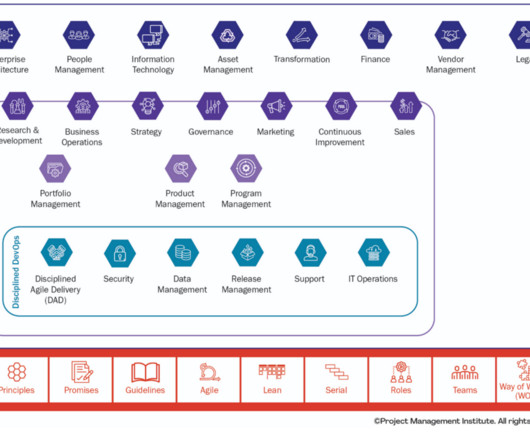
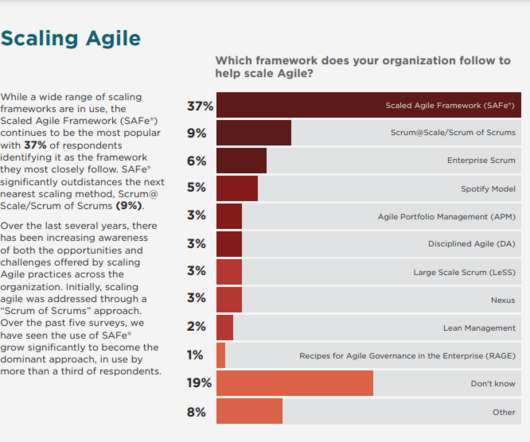
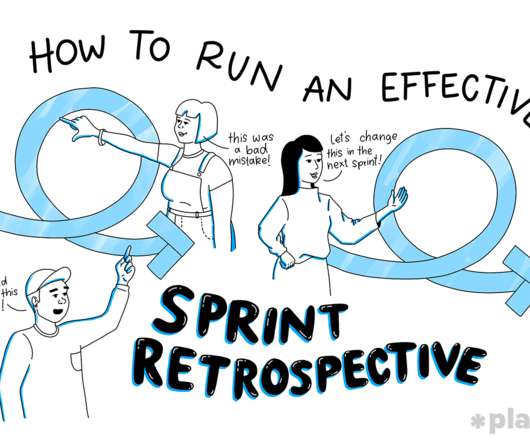
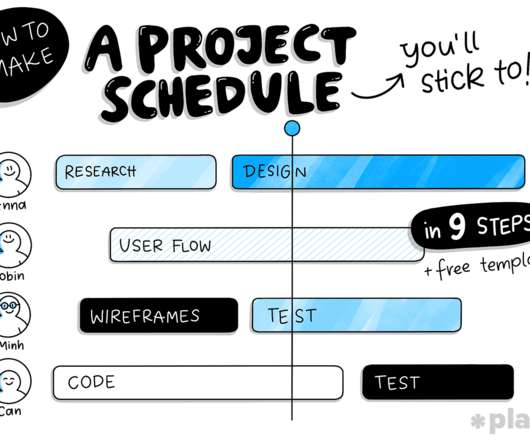













Let's personalize your content